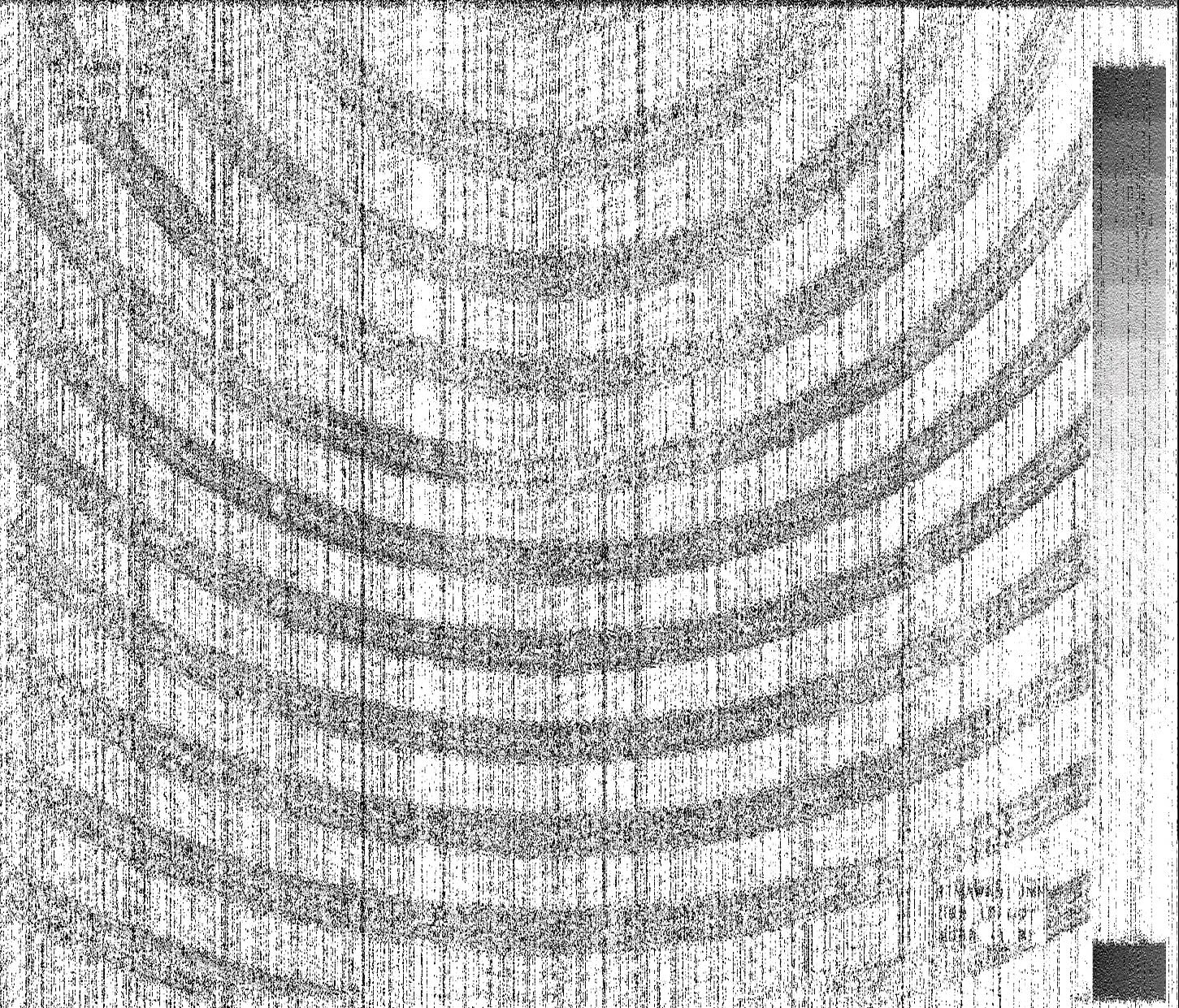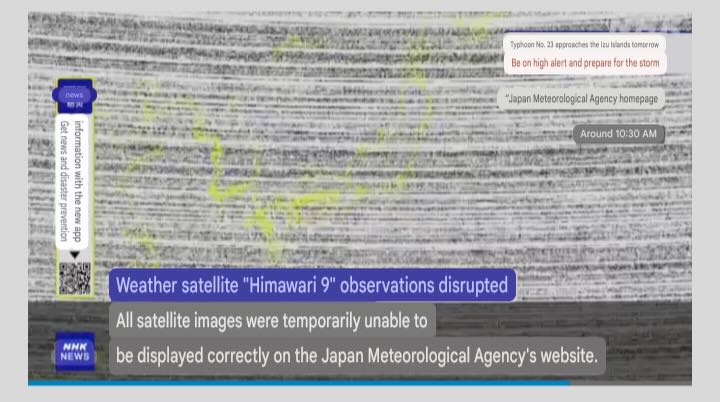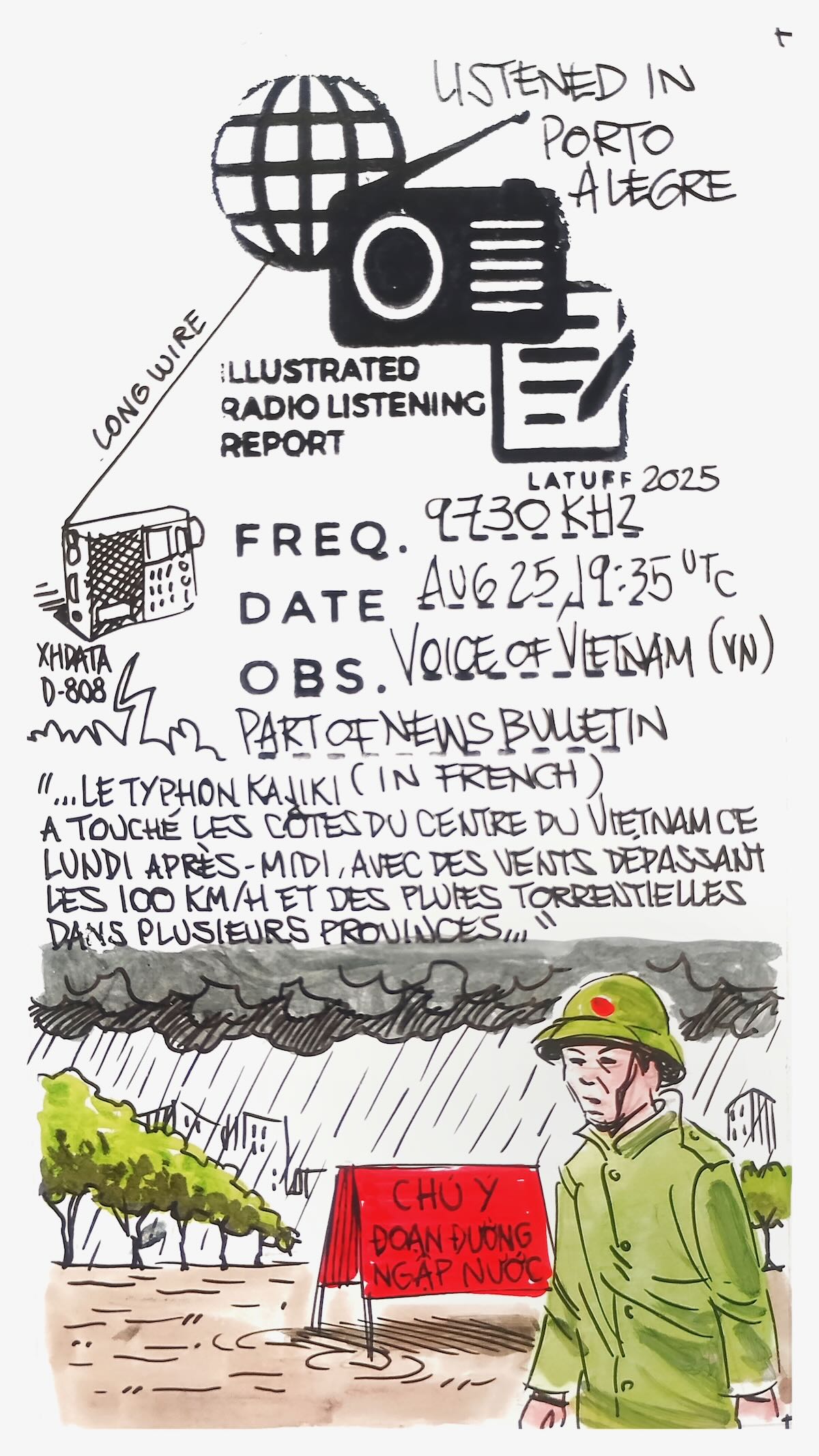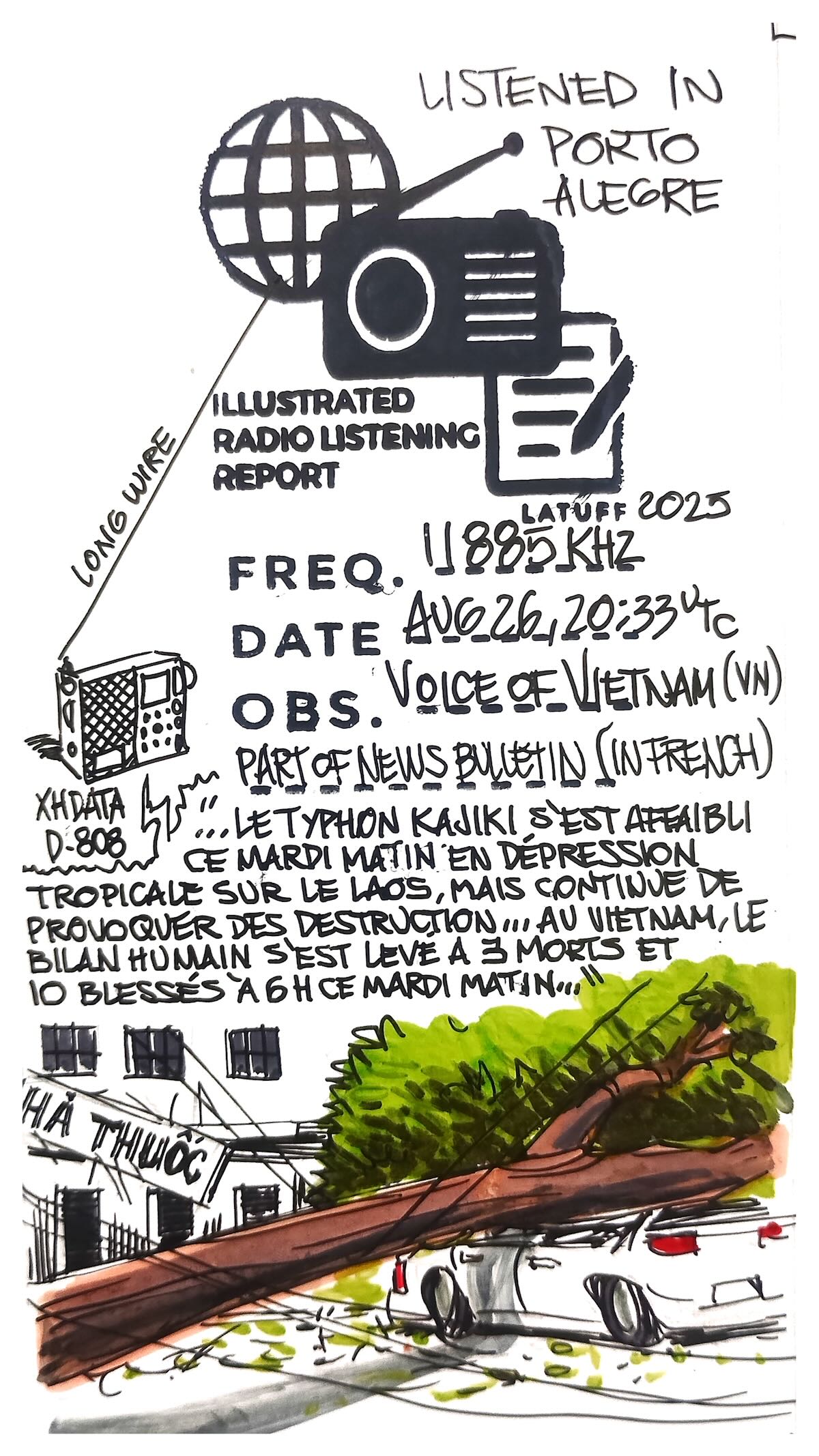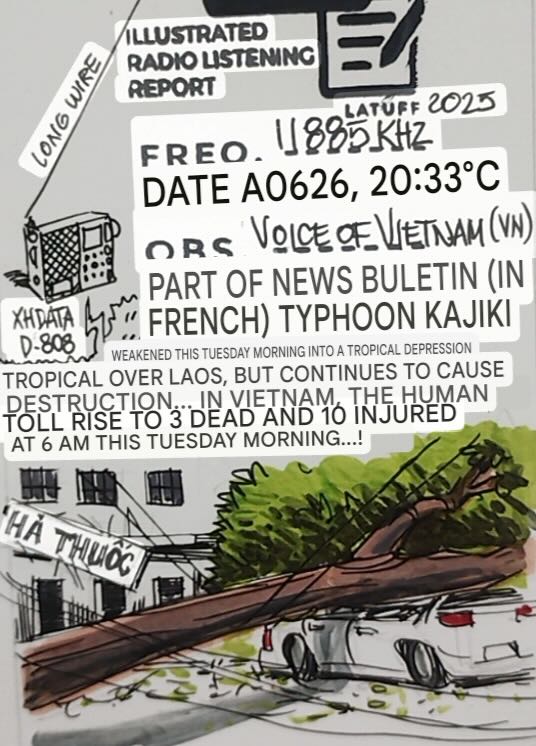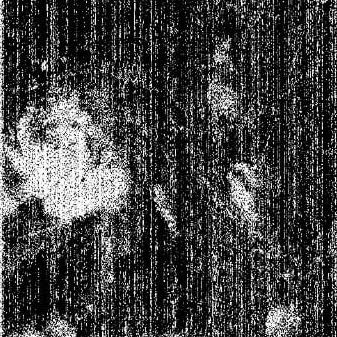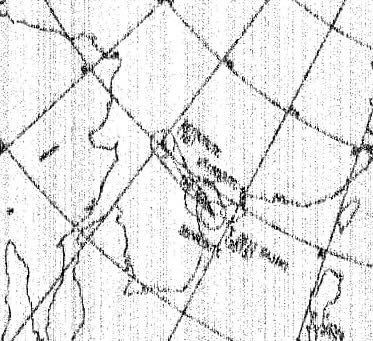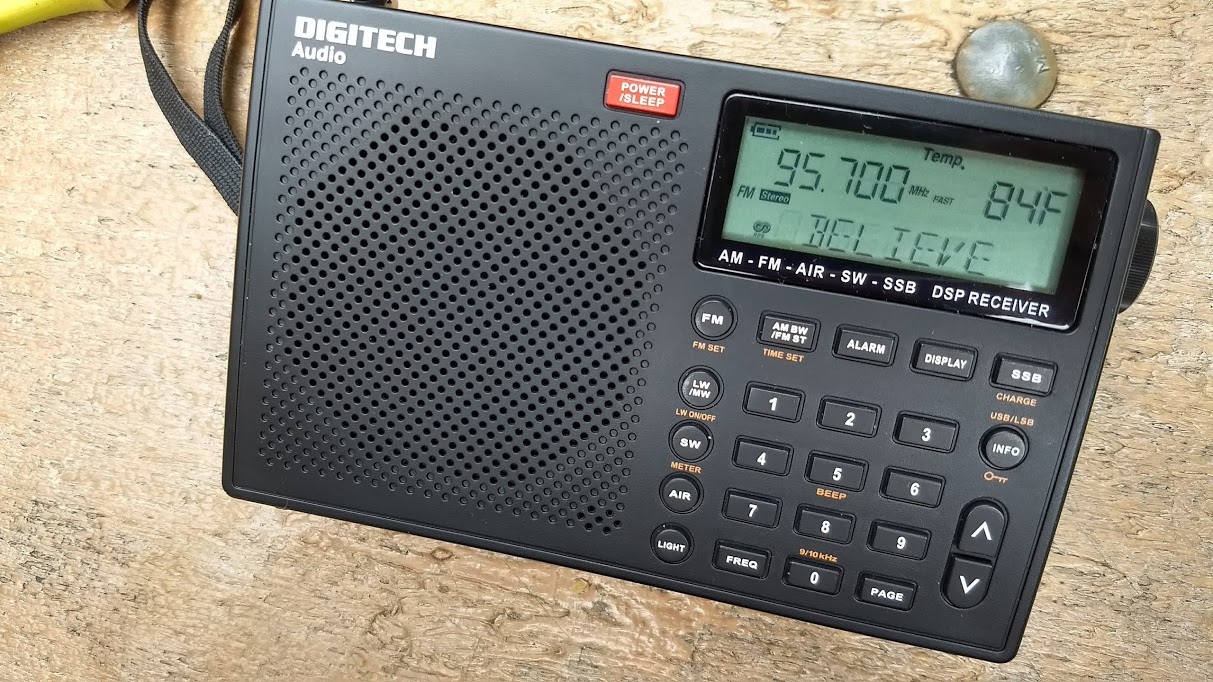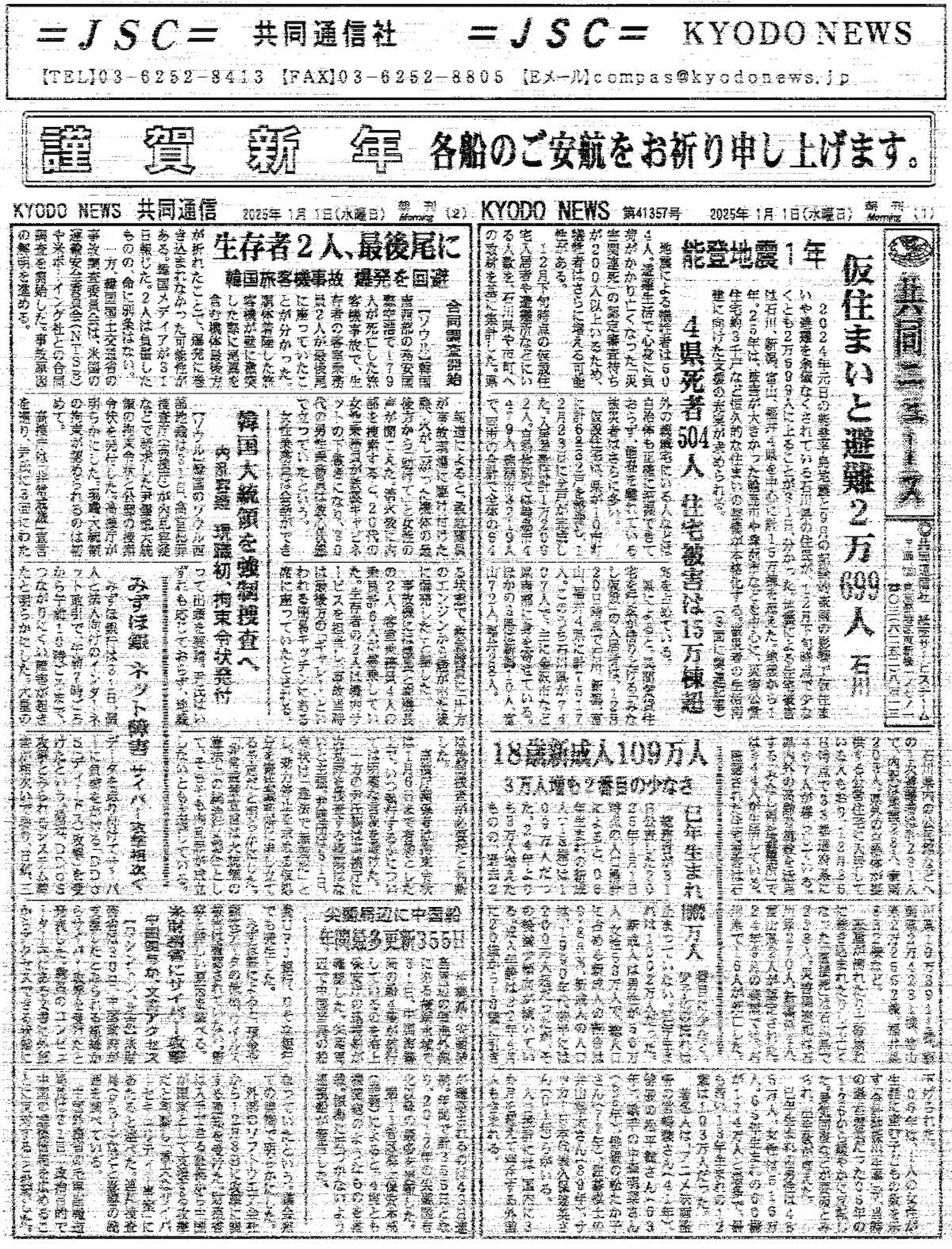
Radio Waves: Stories Making Waves in the World of Radio
Welcome to the SWLing Post’s Radio Waves, a collection of links to interesting stories making waves in the world of radio. Enjoy!
Many thanks to SWLing Post contributors Dennis Dura and David Iurescia for the following tips:
New York Public Radio and NAB will observe co-channel interference and MA3 performance in an urban setting
820 WNYC(AM) plans to conduct an all-digital MA3 test of AM HD Radio next month.
The test is pending FCC approval, but its owner, New York Public Radio, expects to receive the go-ahead.
NAB is supporting NYPR’s effort, and its Vice President of Advanced Engineering David Layer says all-digital AM is becoming a more viable piece of technology for broadcasters. He cited the increased presence of HD Radio in the marketplace. Fifty-eight percent of new cars in North America ship with the technology, according to Xperi. [Continue reading…]
Our readers weigh in on recent articles
Here is a sampling from the Radio World reader mailbag.
Is Anyone There?
Ken Deutsch wondered “Why Is Radio So Hard to Listen To?”
He asked, “Is there no one in the building actually listening to the station?” That answer would be no.
Not long ago I went back to help a cluster in Louisville that was missing its chief engineer. It was my first visit in more than 20 years.
When I’d been there last, more than 100 folks worked at six stations in the building. On my return, there were approximately five full-time — the general manager, the operations manager, three sales people. [Continue reading…]
Rti has carefully selected the sounds from everyday life in Taiwan, including folk festivals, travel, and the island’s rich cultural and natural heritage over the years. To celebrate Rti’s 97th anniversary, we proudly present our first-ever audio calendar. Let the warmth of Taiwan’s people and the unique local sounds accompany you as you explore the freedom and beauty of this land, welcoming each wonderful day of 2025 together. [Check out the audio calendar at RTI…]
Do you enjoy the SWLing Post?
Please consider supporting us via Patreon or our Coffee Fund!
Your support makes articles like this one possible. Thank you!


